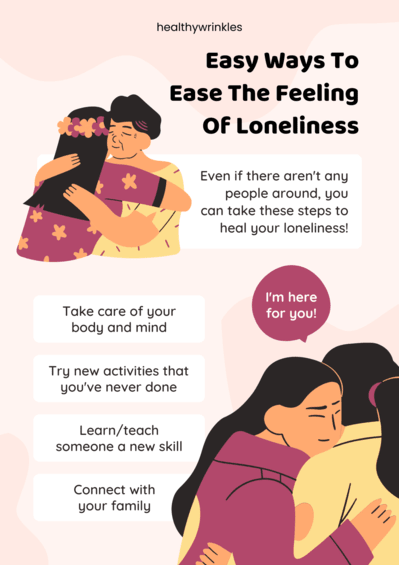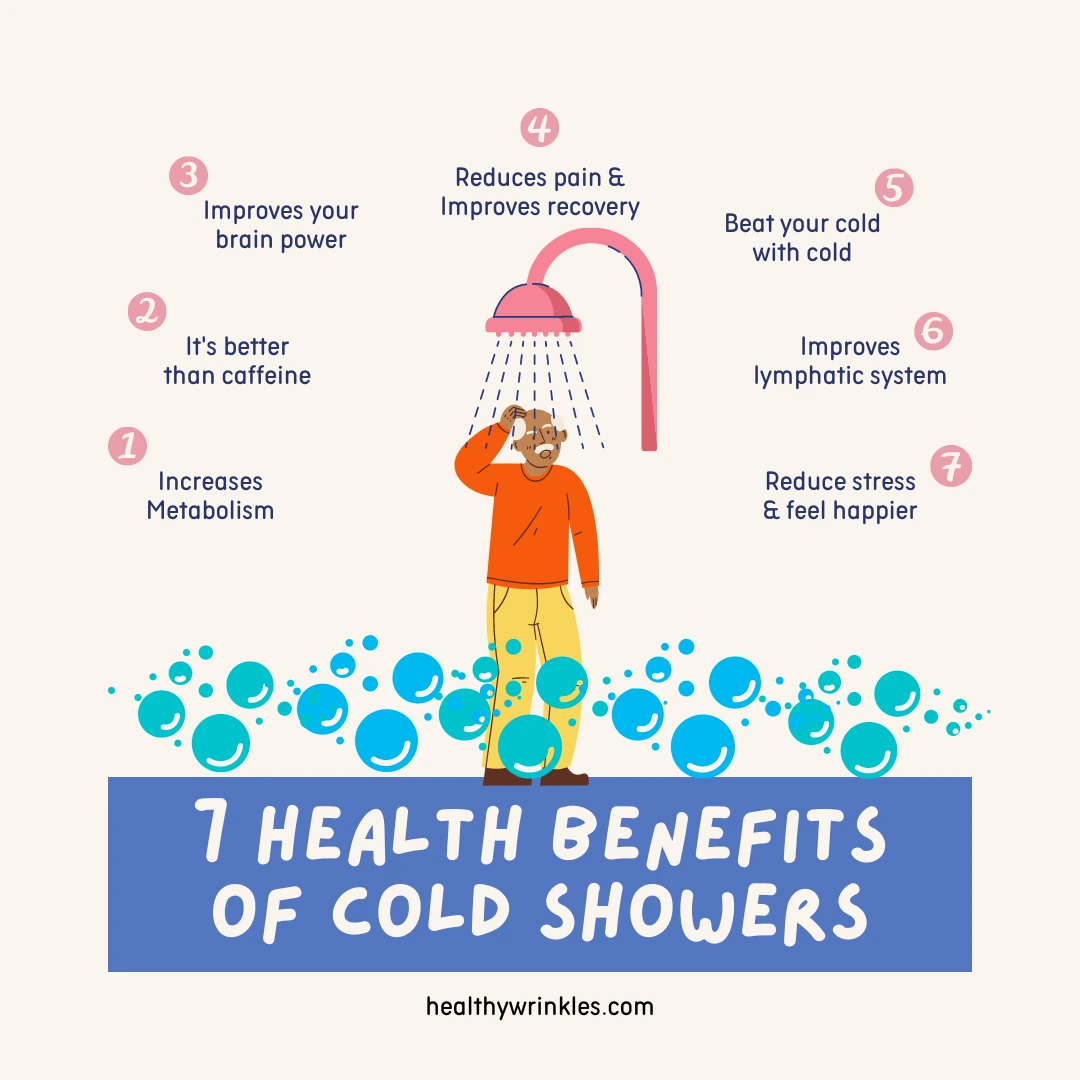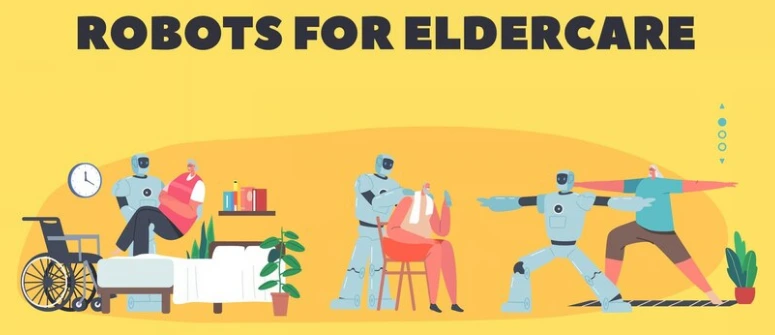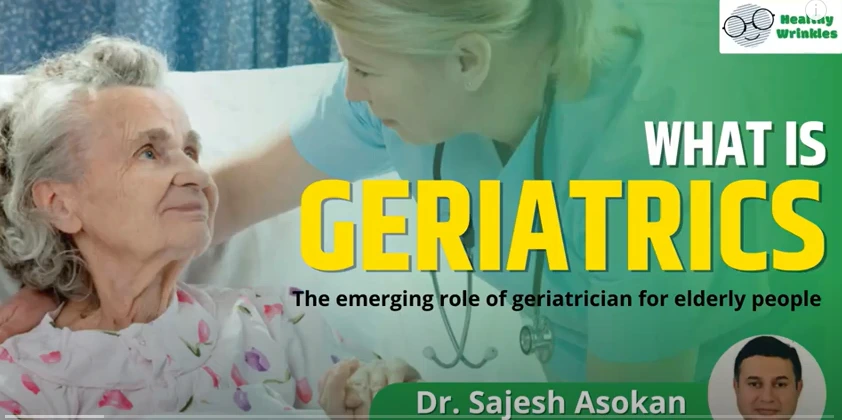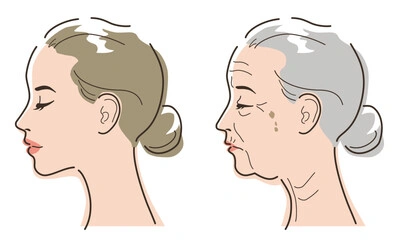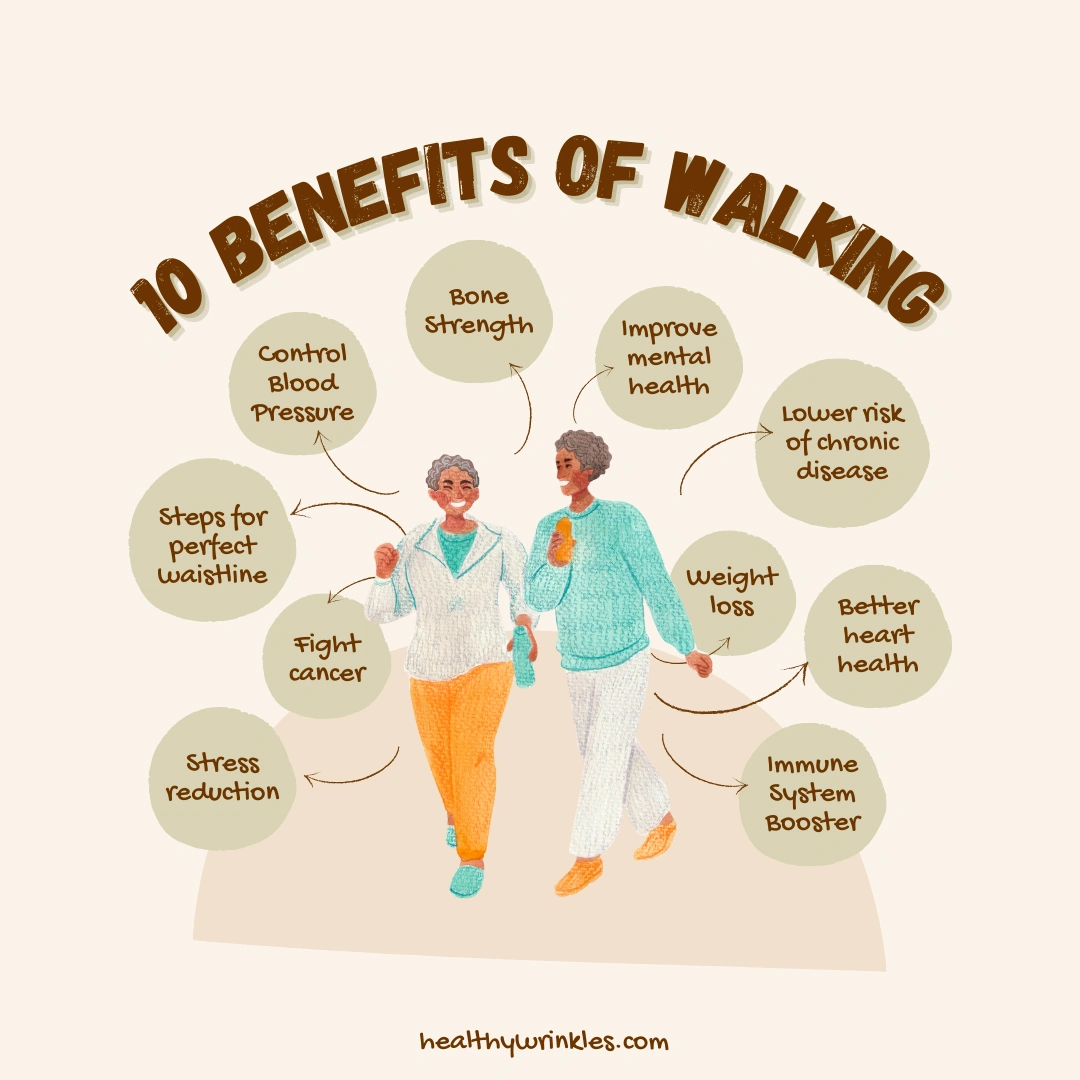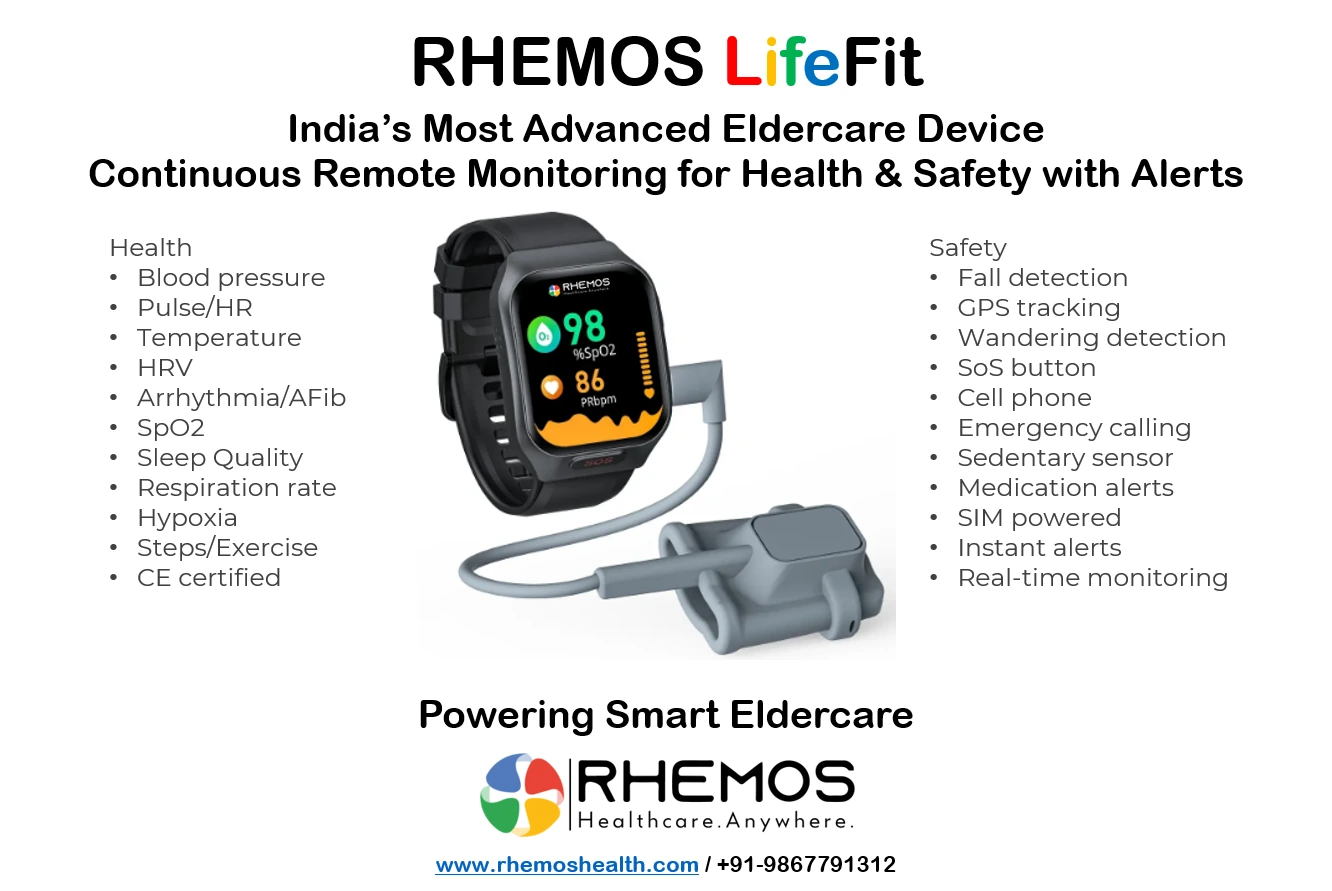Gerontology and Technology: Innovations for Better Aging
28-09-24
As the population of older adults grows, there is an increasing need for innovations in gerontology and technology to promote better aging. Gerontology is the study of aging and its associated issues, and technology can play a critical role in enhancing the quality of life for older adults. In this article, we will explore some of the latest innovations in gerontology and technology that are helping older adults age better.
One of the most significant innovations in gerontology and technology is the development of assistive technology. Assistive technology is designed to help older adults with activities of daily living and to promote independence. This can include things like mobility aids, such as walkers or canes, as well as hearing aids and other devices to help with vision or communication. Assistive technology can also include smart home systems, which can be programmed to turn lights on and off, adjust temperatures, and even lock doors with voice commands or through a mobile app.
Another innovation in gerontology and technology is the development of wearable devices. Wearable devices can monitor a wide range of health metrics, such as heart rate, blood pressure, and sleep patterns. This can be particularly useful for older adults with chronic health conditions or who need to track their health more closely. Wearable devices can also include safety features, such as GPS tracking or fall detection, which can alert family members or caregivers in case of an emergency.
Telemedicine is another important innovation in gerontology and technology. Telemedicine allows older adults to receive medical care remotely, through video conferencing or other online platforms. This can be especially important for older adults who live in rural areas or who have difficulty leaving their homes. Telemedicine can also be used to provide mental health care, which can be particularly beneficial for older adults who may be experiencing isolation or loneliness.
Robotics is another area where gerontology and technology are intersecting. Robots can be used to assist with tasks that are difficult or dangerous for older adults, such as cleaning or lifting heavy objects. They can also provide companionship and social interaction, which can be beneficial for older adults who live alone or who are isolated from their communities.
Virtual reality is another innovative technology that is being used in gerontology. Virtual reality can provide older adults with opportunities for travel, exploration, and socialization, even if they are unable to leave their homes. It can also be used for cognitive training and rehabilitation, which can help older adults maintain their mental sharpness and independence.
Finally, artificial intelligence (AI) is another important innovation in gerontology and technology. AI can be used to analyze large amounts of data, which can help researchers and healthcare professionals identify patterns and trends in aging and health. AI can also be used to develop personalized care plans for older adults, based on their individual health needs and preferences.
In conclusion, there are many exciting innovations in gerontology and technology that are helping older adults age better. Assistive technology, wearable devices, telemedicine, robotics, virtual reality, and artificial intelligence are just a few of the areas where progress is being made. As the population of older adults continues to grow, it is important that we continue to invest in these technologies and explore new ways to support healthy aging. By doing so, we can help older adults live longer, healthier, and more fulfilling lives.




